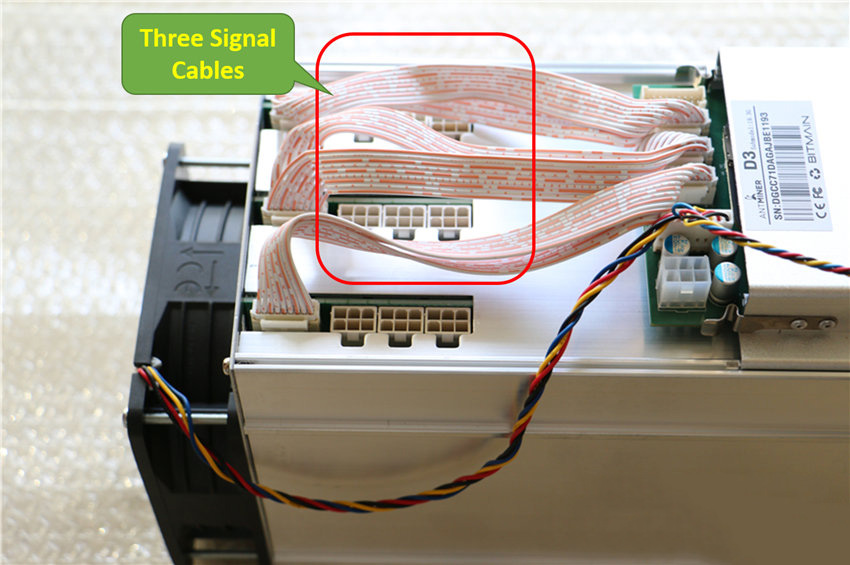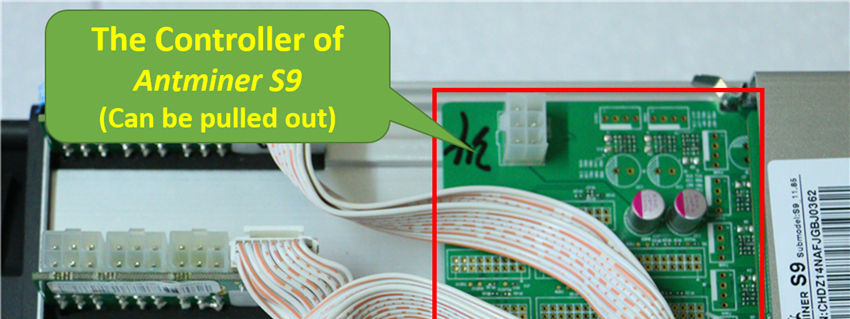ASIC Miner ICERIVER KAS KS0 Profitability In the realm of cryptocurrency mining, the Iceriver KAS KS0 miner has garnered widespread attention. Tailored specifically for the Kaspa network's KHeavyHash algorithm, it boasts high hashing power and low power consumption, making it an ideal choice for many miners. In this article, we will comprehensively assess IceRiver KS0 profitability while considering the Kaspa market conditions and the attributes of KS0 miner. Kaspa Market Dynamics Kaspa is a vibrant cryptocurrency network aimed at delivering high performance and scalability for everyday transactions. At the time of writing this article, the Kaspa coin trades at approximately $0.04959. But it's essential to note that cryptocurrency markets are highly susceptible to price volatility. Hence, investors must remain vigilant about market dynamics. Additionally, the Kaspa network's mining difficulty and reward mechanisms play a role in mining returns. Attributes of the IceRiver KS...
How to troubleshoot the fault of the miner?
If a miner fails, the problem may be in the network, pool, firmware, control board, hash board, etc., so to determine the exact cause of the problem, you can do the following:
·Check the data cable connection:
Check whether all the data cables on the miner are plugged in tightly. Specifically, the three data wires connect to the hash board (and the fan's data wire). They may come loose during transport.
·Check the connection of the PSU:
Check that the power supply is connected correctly. Ensure all 6PIN data cables of the power supply are plugged into the miner tightly.
Some mining machines have their integrated power supply, such as Antminer S15, Antminer D5, etc. Please check whether the connecting copper bars on the miner are firmly inserted.
·Check network connection:
Check your home network, mining pool, make sure all networks are working well.
·Check other devices on the network:
Check if other devices in the background take your miner's IP address? Try unplugging all other devices in the network (e.g., if you have multiple other miners) to run only this miner.
Or change Internet Explorer when trying to log into the miner's configuration page.
·Replacing the network for the miner:
Try changing the miner's router or moving the miner to another place.
Switch to another pool.
·Check the miner:
Shake the miner lightly and see if you hear the radiator or parts falling.
·Check the PSU:
Is your PSU working fine? If you bought an Antminer 1600w PSU (APW3-12-1600-B2) for the miner, please ensure the voltage is stable. The working voltage of this power supply should be >= 205V (for Antminer APW3++ power supply, the working voltage is 110V-220V, that is, 200V-240V is 1600W, and 100V-140V is 1200W). If your voltage is unstable, the PSU may stop working (or only the fans work and no power output).
Updating the firmware: How to reload or upgrade the firmware?
Reset the miner: How to reset the miner to factory settings?
·Replace the data cable:
Generally, there are three data cables on the miner, which respectively connect the three hash boards to the control board. Replace these cables and see if that fixes the problem.
·Replace the control board:
Remove the control board from a working miner and use it on a non-working miner to see if everything works. On the top of the miner, there is a silver cover that is screwed on, and the control board is inside:
Antminer S5/S7: There is a black block on top of the green board; you should swap the whole part (green board + black block);
Antminer S9/T9/R4: There is only one green board, which is the control board;
Take out the screw on the silver cover, remove it, and check whether the control board is loose. If it is loose, it is recommended to replace it with a new control board for debugging.
·Determining Hash Board Failure:
Disconnect the data cable connecting the hash boards and run only one hash board at a time. This is to determine if each hash board works independently.
For more miner failures, refer to ASIC Miner Troubleshooting.
The content and pictures of this article are from the Internet, compiled and edited by ZEUS MINING.




Comments
Post a Comment
Tell us your opinion